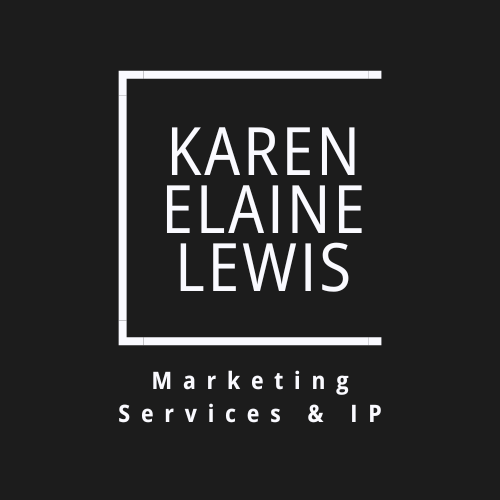Experience the TCO calculator in action
This interactive demo shows how the calculator works with sample data. Try adjusting the parameters to see how different scenarios impact total cost of ownership and ROI calculations. The white-label version would feature your branding and industry-specific assumptions.
SaaS vs. On-Premise Software: Total Cost of Ownership Calculator
Understanding your total cost of ownership can be challenging. When you consider all the direct and indirect costs of software implementation, the differences between SaaS (cloud-based) and on-premise solutions become significant.
This calculator helps you analyze the key cost areas that determine your TCO:
On-Premise (Server-Based) Software
- Higher upfront infrastructure costs
- Requires internal IT resources
- Manual maintenance and upgrades
- Traditional licensing model
SaaS (Cloud-Based) Software
- Lower upfront infrastructure investment
- Reduced IT administration needs
- Automatic updates and maintenance
- Subscription-based payment model
Infrastructure & General Setup
The factors that determine infrastructure costs are different for server and cloud-based solutions. Depending on the size of your organization, your infrastructure costs can add up significantly.
General Information
Infrastructure Costs
IT Administration
Managing software and related hardware can be one of the most significant costs of operating enterprise software.
Software Licensing & Subscriptions
How your software is licensed can have a huge impact on setup costs. When delivered as a cloud-based solution, you do not have to pay an initial lump sum upfront as you’re subscribing to the software instead of licensing it.
Training & Integration
Reducing the cost and effort of integration and training contributes to lowering your total cost of ownership (TCO) overall.
Business Impact & Benefits
Beyond direct costs, it’s important to consider the business impact and benefits of your software solution.
Total Cost of Ownership (TCO) Comparison
| Year | SaaS Cost | On-Premise Cost | SaaS Cumulative | On-Premise Cumulative | Difference |
|---|
Return on Investment (ROI) Analysis
| Metric | SaaS | On-Premise | Difference |
|---|
Calculation Methodology & Assumptions
This calculator uses the following methodology to compare Total Cost of Ownership (TCO) and Return on Investment (ROI) between SaaS and on-premise software solutions:
The Five Key Cost Categories
- Infrastructure: Includes hardware, facilities, power, cooling, and related costs.
- IT Administration: Covers personnel required to manage systems and implementation costs.
- Software Licensing: Covers upfront licensing costs vs subscription fees.
- Training & Integration: Includes integration, training, and technical support.
- Business Impact: Revenue and cost savings benefits.
Total Cost of Ownership (TCO)
- SaaS TCO includes subscription costs, implementation, integration, training, and additional costs over the analysis period.
- On-Premise TCO includes license costs, hardware, implementation, integration, maintenance, IT staff, training, infrastructure, and additional costs over the analysis period.
- Hardware refresh costs are included based on the specified refresh cycle.
- All costs are discounted to present value using the provided discount rate.
Return on Investment (ROI)
- ROI is calculated as: (Total Benefits – Total Costs) / Total Costs × 100%
- Net Present Value (NPV) is calculated by discounting all future cash flows to present value using the specified discount rate.
- Payback Period is calculated as the time required to recover the initial investment based on net benefits.
Key Assumptions
- The same revenue impact and cost savings apply to both deployment models (though this may vary in reality).
- Implementation timeline is assumed to be the same for both deployment models.
- Subscription costs for SaaS remain constant throughout the analysis period.
- License costs for on-premise are one-time, with annual maintenance fees.
- All calculations use the beginning of period convention.
Limitations
- This calculator provides a simplified model and should be used for initial comparison only.
- Actual costs and benefits may vary based on specific vendor offerings, implementation details, and organizational factors.
- Some intangible benefits are not quantified in this model.
- Tax implications of different deployment models are not considered.
For a more detailed analysis tailored to your specific situation, please consult with your financial advisor and IT specialists.
